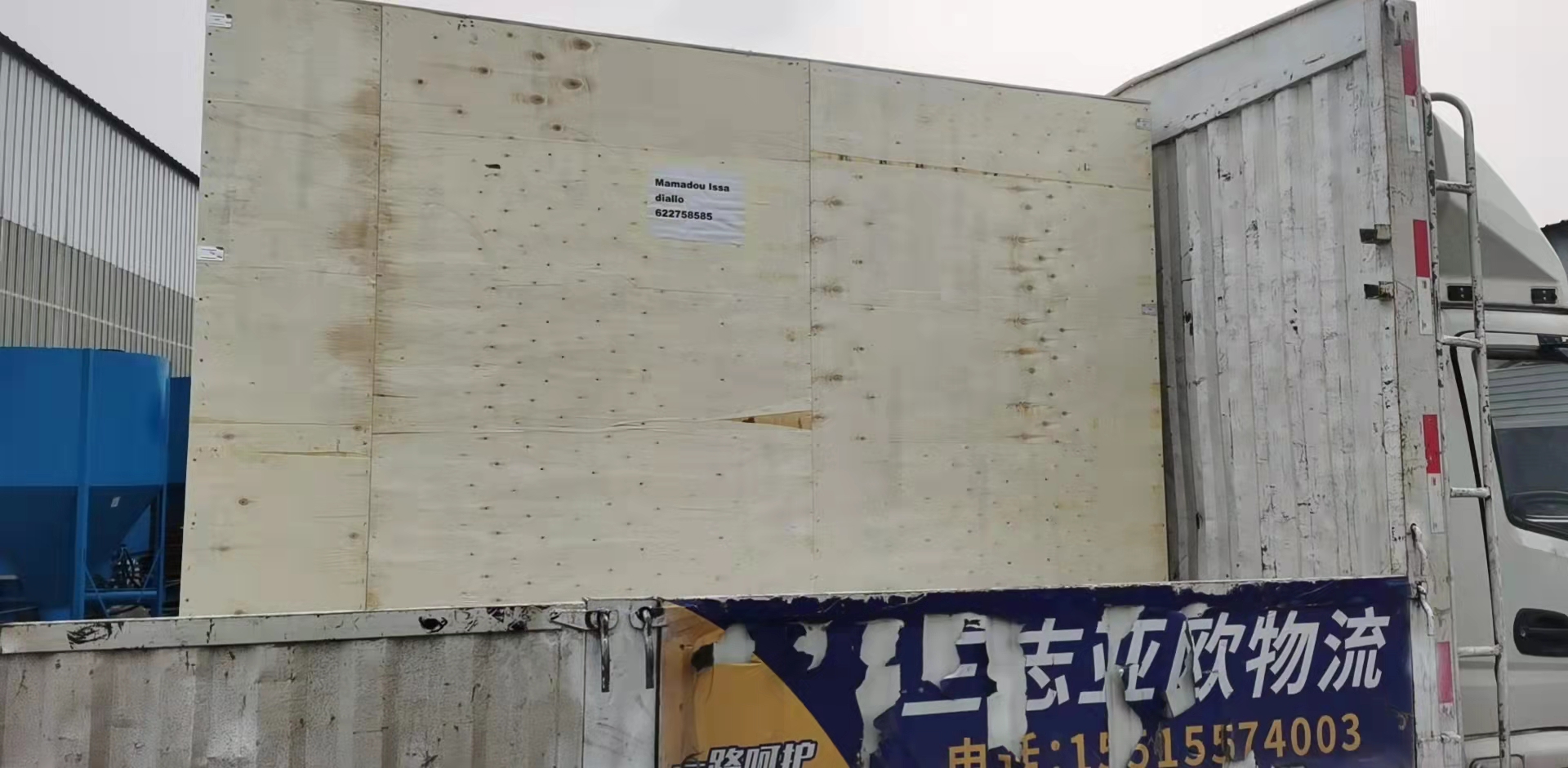Chicken Scalding Equipment for Efficient Poultry Processing and Quality Enhancement
Dec . 06, 2024 15:07 Back to list
Chicken Scalding Equipment for Efficient Poultry Processing and Quality Enhancement
The Chicken Scalder Machine Enhancing Poultry Processing Efficiency
The poultry industry is a cornerstone of global food production, providing a significant source of protein for billions of people. Among the numerous processes involved in poultry processing, scalding plays a crucial role. This is where the chicken scalder machine comes into the limelight, serving as an essential tool that enhances both efficiency and hygiene in the processing of chickens.
Understanding the Scalder Machine
A chicken scalder machine is designed to facilitate the removal of feathers from freshly slaughtered chickens. The process involves immersing the birds in hot water for a specified period. The heat causes the feathers to loosen, making them easier to pluck during subsequent stages of processing. The scalding process is critical because it not only affects plucking efficiency but also impacts the overall quality and safety of the poultry meat.
How It Works
Typically, a chicken scalder machine consists of a large tank filled with heated water, a temperature control system, and a mechanism to keep the water circulating. The temperature and duration of scalding are carefully controlled to ensure optimal feather removal while preventing damage to the skin and meat. Most machines feature adjustable settings to accommodate different breeds and sizes of chickens, thus catering to the diverse needs of poultry processors.
When chickens are introduced into the scalder, they are submerged in the hot water for a specific time—usually between 30 seconds to 2 minutes, depending on their size and the desired outcome. The heat denatures the proteins in the feather follicles, facilitating easier feather removal. Effective scalding also helps in cleaning the carcass by eliminating bacteria that can cause spoilage, thus ensuring a safer product for consumers.
Advantages of Using a Chicken Scalder Machine
1. Increased Efficiency Manual feather removal is labor-intensive and time-consuming. The scalder machine greatly reduces the time needed for this process, allowing processors to handle larger volumes of chickens within a shorter timeframe.
chicken scalder machine

2. Consistency in Quality Automated scalding ensures that every chicken is treated equally and under controlled conditions. This consistency is vital in maintaining product quality, as irregularities can lead to varying degrees of feather retention or skin damage.
3. Enhanced Hygiene Properly scalded chickens are less likely to harbor pathogens. By using a scalder machine, processors can significantly reduce the risk of contamination, which is crucial for meeting food safety standards.
4. Energy Efficiency Modern scalding machines are designed with energy efficiency in mind. Many incorporate recirculation systems that minimize water and energy waste, making them more environmentally friendly and cost-effective.
5. Labour Savings By automating the scalding process, processors can allocate labor to other areas of their operations, thereby optimizing workforce productivity.
Considerations for Choosing a Scalder Machine
When selecting a chicken scalder machine, processors should consider several factors, including capacity, energy efficiency, temperature control accuracy, and ease of cleaning. Additionally, investing in quality machines from reputable manufacturers can ensure longevity and reliability, minimizing maintenance costs over time.
Conclusion
The chicken scalder machine is a vital piece of equipment in the poultry processing industry. By improving efficiency, ensuring product quality, and enhancing hygiene, it plays an essential role in delivering safe and high-quality poultry products to consumers. As the industry continues to evolve with advancements in technology, the importance of such machinery will only grow, underscoring the need for continuous innovation to meet the demands of a growing population. Whether you are a small-scale processor or a large poultry operation, investing in a quality scalder machine can lead to improved outcomes and success in the competitive market.
-
Hot Sale 24 & 18 Door Rabbit Cages - Premium Breeding Solutions
NewsJul.25,2025
-
Automatic Feeding Line System Pan Feeder Nipple Drinker - Anping County Yize Metal Products Co., Ltd.
NewsJul.21,2025
-
Automatic Feeding Line System Pan Feeder Nipple Drinker - Anping County Yize Metal Products Co., Ltd.
NewsJul.21,2025
-
Automatic Feeding Line System - Anping Yize | Precision & Nipple
NewsJul.21,2025
-
Automatic Feeding Line System - Anping Yize | Precision & Nipple
NewsJul.21,2025
-
Automatic Feeding Line System-Anping County Yize Metal Products Co., Ltd.|Efficient Feed Distribution&Customized Animal Farming Solutions
NewsJul.21,2025






